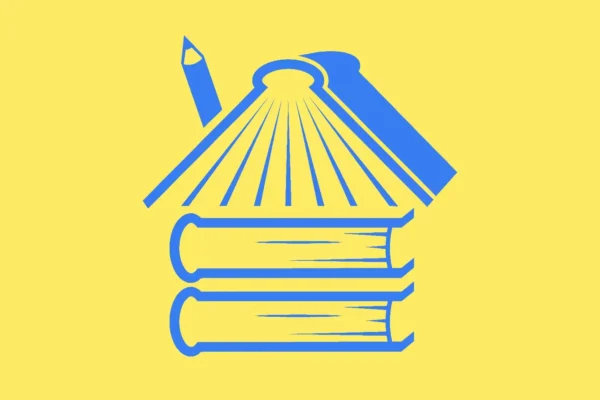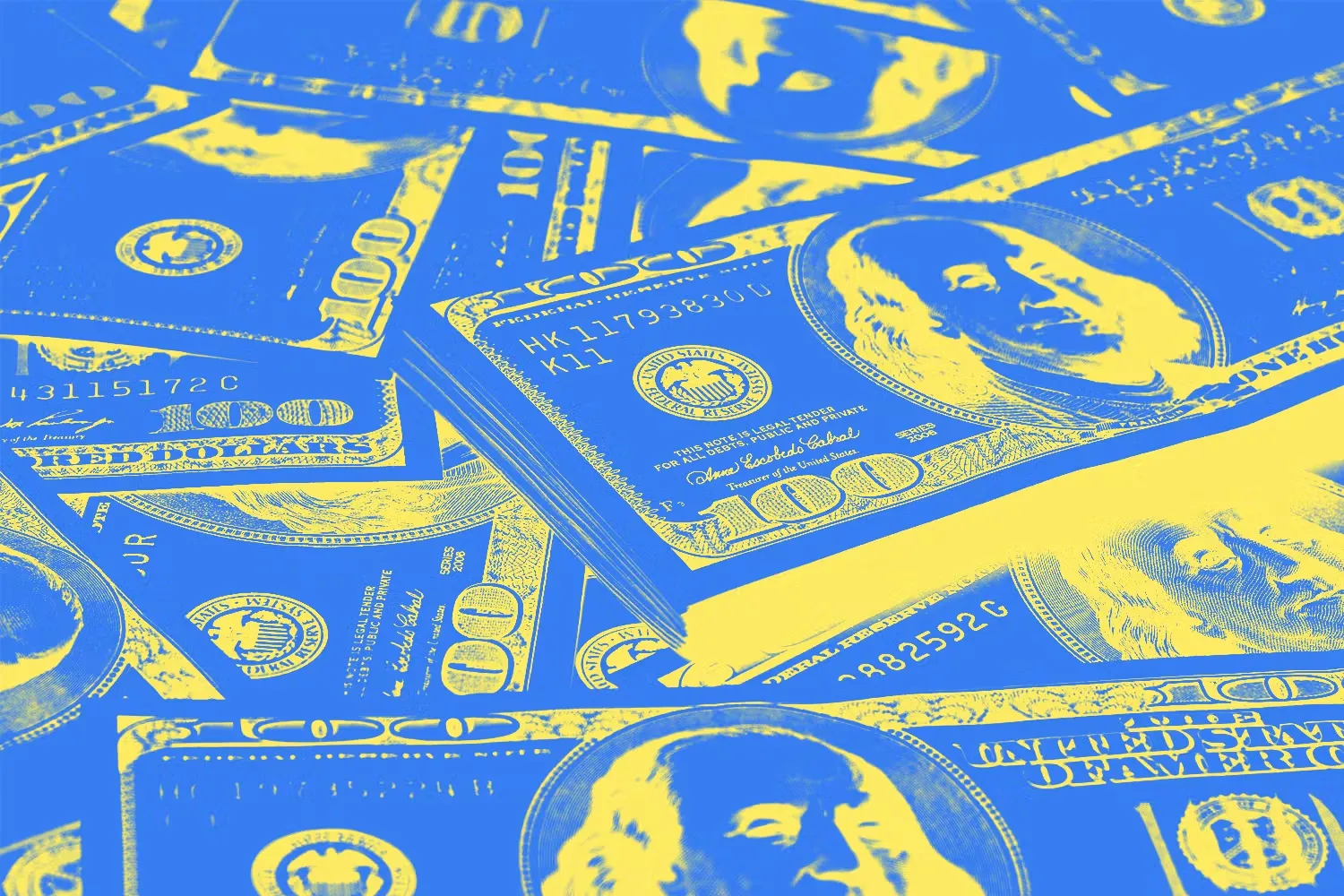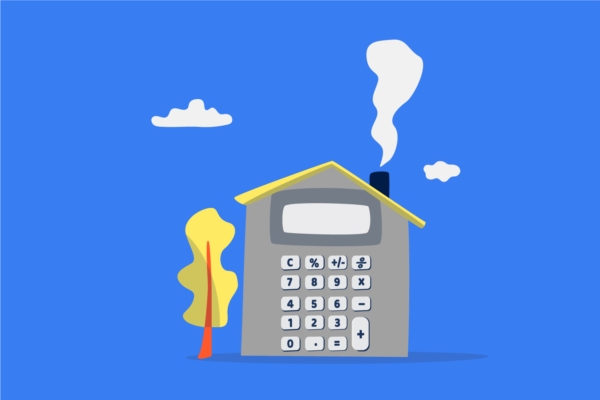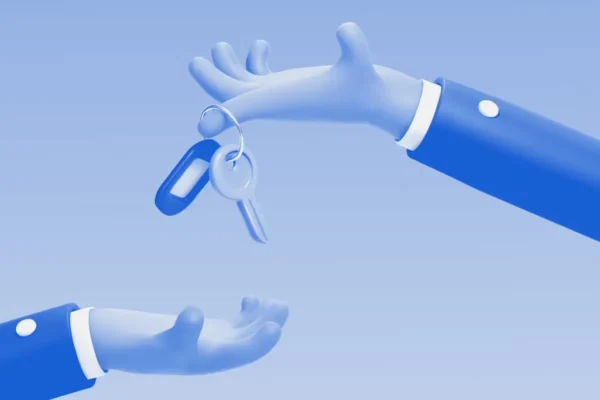
What Does an Average Down Payment on a House Look Like?

When it comes to buying a house, many would-be homeowners think that the house of their dreams (or any house, in this hot market) is out of reach because they’re unable to pull together a down payment of 20 percent. But there’s good news: the mandatory 20 percent down payment is a myth.
In fact, according to the National Association of Realtors, 69 percent of first time home buyers put down less than 20 percent on their home in January 2022, with the average down payment on a house at just seven percent. There are many types of mortgage loans available that allow house hunters to purchase a home with much less than what—in the Austin area—can be a hefty amount of upfront cash.
Where Did the 20 Percent Down Payment Myth Come From?
The origins of the 20 percent down payment myth are murky, but likely date back to the 1930s. Before the Great Depression, most mortgages were short term, and required the homebuyer to fork over a sizable lump sum to pay off the home after a few years, or try to refinance the loan at a different interest rate. Down payments at the time were usually over 30 percent.
But then the Great Depression happened, and many homes were foreclosed upon. Construction on new homes ground to a halt. So the government created the Federal Housing Administration (FHA) to back mortgages, then chartered Fannie Mae in 1938 and Freddie Mac in 1970 to help ensure a reliable and affordable supply of mortgage funds throughout the country. These two entities, known as “government-sponsored enterprises” or GSEs, originally required a 20 percent down payment and after World War II, the FHA adopted a 30-year, fixed rate standard mortgage. Most conventional lenders decided to adopt this model, and the 20 percent down payment became the standard.
However, in the 1950s, banks began to recognize that a 20 percent lump sum down payment wasn’t feasible for many buyers—especially as home prices began to rise. So, in 1956, the Private Mortgage Industry (PMI) was established to help homeowners who couldn’t reach a 20 percent down payment gain access to mortgage loans. With PMI, a homeowner could make a lower down payment—say 5 percent—and buy an insurance policy for the remaining 15 percent down. In this way, if the homeowner were to default on their payments, the bank can still walk away from the transaction relatively unharmed.
PMI has changed a bit over the years, but the original idea remains intact: private mortgage insurance that’s designed to protect lenders in the event of a foreclosure.
Loan Types with Lower Down Payments
The advent of PMI was a boon for many Americans who may have thought the American dream of homeownership was out of reach. In Austin, where the median home price in 2022 was $600,000, the 20 percent down payment myth can be a real barrier to many would-be homeowners. But there are a variety of loan options available that can put homeownership within reach and homeowners across the country are taking advantage of lower down payment requirements.
Conventional Mortgage Loan
Conventional mortgage loans—those that are secured through a bank or credit union—usually have repayment terms set at 15 to 30 years. These loans might have fixed or variable interest rates, and these loans often have a lower down payment requirement than you might think. If you’re looking into conventional mortgage loans, it’s important to talk to a few lenders before choosing the one who will provide your loan. There are credit unions and banks who will work with you to make homeownership attainable.
Federal Housing Administration (FHA) Loan
FHA loans are intended to help Americans afford homes who might otherwise be priced out of the housing market. Those who might benefit from an FHA loan are first-time homebuyers, and those with low incomes or little savings. These loans generally have less stringent financial requirements — which can be very helpful if your credit score isn’t perfect. FHA loans also require lower down payments—as little as 3.5%. The only caveat is that FHA loans require you to pay mortgage insurance, which can’t be canceled unless you make at least a 10% down payment.
Veterans Loans
VA loans are government backed loans that often don’t require a down payment or mortgage insurance at all. But they do require a funding fee that can cost you anywhere from 1.25% to 2.4% of the total loan amount. In the case of a $350K home loan, that would be $4.,375 to $8,400. And these loans—as the name implies—are only available to members of the military and their families.
USDA Loans
The United States Department of Agriculture (USDA) provides a loan option to those who are interested in purchasing homes in rural areas—and some suburban areas—and who meet certain income requirements. USDA loans don’t require borrowers to provide a down payment or pay mortgage insurance, but they do have to pay an upfront fee of 1.00%. Again, in the case of a $350K home, that would be $3,500.
From Mortgages to Home Equity Loans
Our local, award-winning lending team is ready to help you begin today.
A Real Life Example
How might a lower down payment option actually impact a family searching for a home in the Austin area? Let’s look at the Brooks family as an example. The Brooks are a family of four—Alex and Bryce Brooks are the parents and two young children, Monica and Martin.
They are seeking a home for $350,000. Alex and Bryce both have full-time jobs, and together bring in the 2022 median income for a family of four in the Austin metro area, which is $110, 300. That’s approximately $7,000 per month after taxes. Their monthly expenses, including rent ($1,800), childcare ($2,000), utilities ($150), car payments ($500) and groceries ($400), is around $5,000 per month.
If the Brooks family needed to save up a 20 percent down payment for their potential new home, they would be looking at a sum of $70,000. Even if they were to save all of their income after expenses—approximately $2,000 per month—it would still take them almost three years to reach their goal. And that’s assuming there are no financial emergencies that occur within that time frame, and that the cost of housing doesn’t skyrocket.
However, if the Brooks decide to opt for an FHA loan on a $350,000 home, that will bring their down payment to just 3.5% of the home’s cost, or $12,250. Suddenly, the timeline for saving for a down payment goes from 3 years to just six months, and the prospect of home ownership becomes much more of a reality.
What about purchase money seconds?
A purchase money second, or “PM2”, is a second mortgage that may be used to supplement or cover the down payment. PM2s offer buyers, builders, and lenders a great alternative to private mortgage insurance or excessive down payments. Not every lender offers them, but they can be a really useful tool for folks looking to free up additional cash for renovations or home expenses. PM2s are also useful when a buyers’s equity is tied up in another property.
Homeownership Is Within Reach
By doing a bit of research and exploring your loan options, you’ll likely find that your dream of joining the ranks of America’s homeowners isn’t as far-fetched as you may have thought. There are many loan options available that don’t require a 20 percent down payment, so you can enjoy the financial stability and security that comes with owning your own home.
Ready to get prequalified?
Apply today and start your journey toward your new home.


